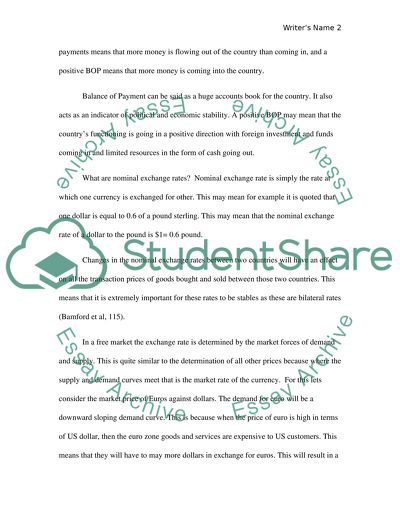Cite this document
(“Exchange and markets Term Paper Example | Topics and Well Written Essays - 2500 words”, n.d.)
Retrieved from https://studentshare.org/environmental-studies/1414967-exchange-and-markets
Retrieved from https://studentshare.org/environmental-studies/1414967-exchange-and-markets
(Exchange and Markets Term Paper Example | Topics and Well Written Essays - 2500 Words)
https://studentshare.org/environmental-studies/1414967-exchange-and-markets.
https://studentshare.org/environmental-studies/1414967-exchange-and-markets.
“Exchange and Markets Term Paper Example | Topics and Well Written Essays - 2500 Words”, n.d. https://studentshare.org/environmental-studies/1414967-exchange-and-markets.


